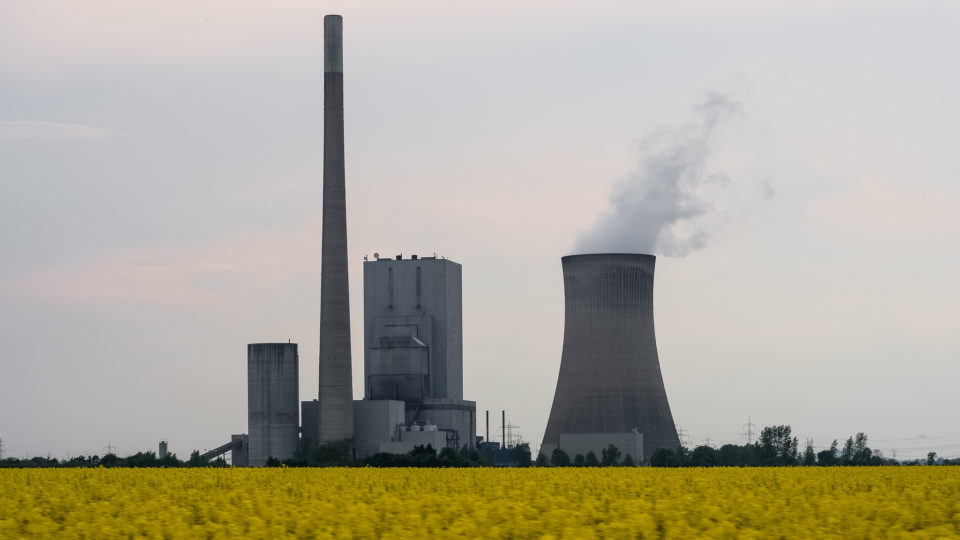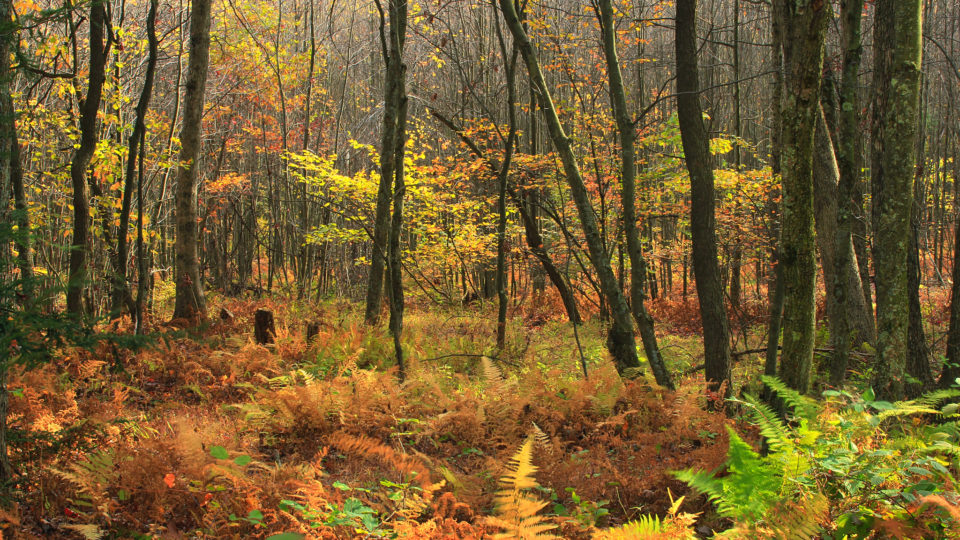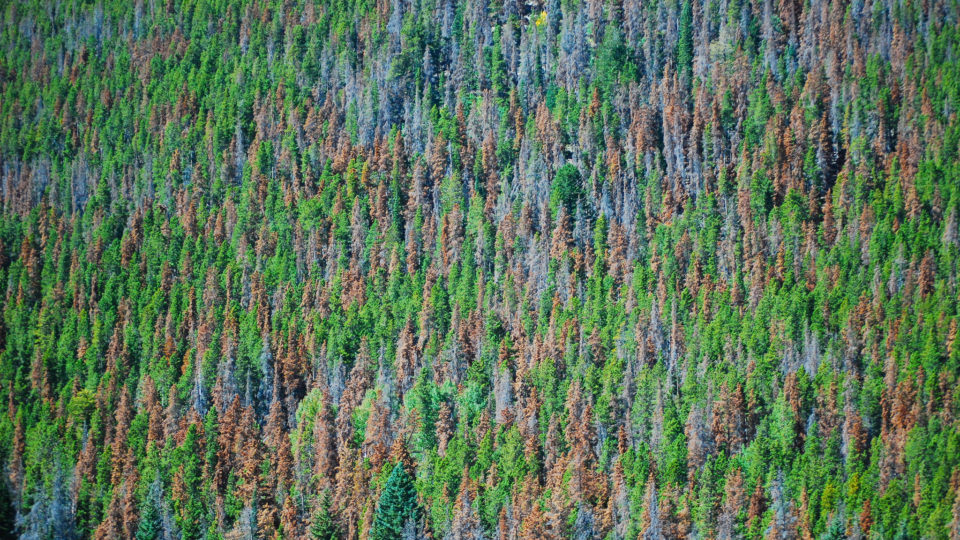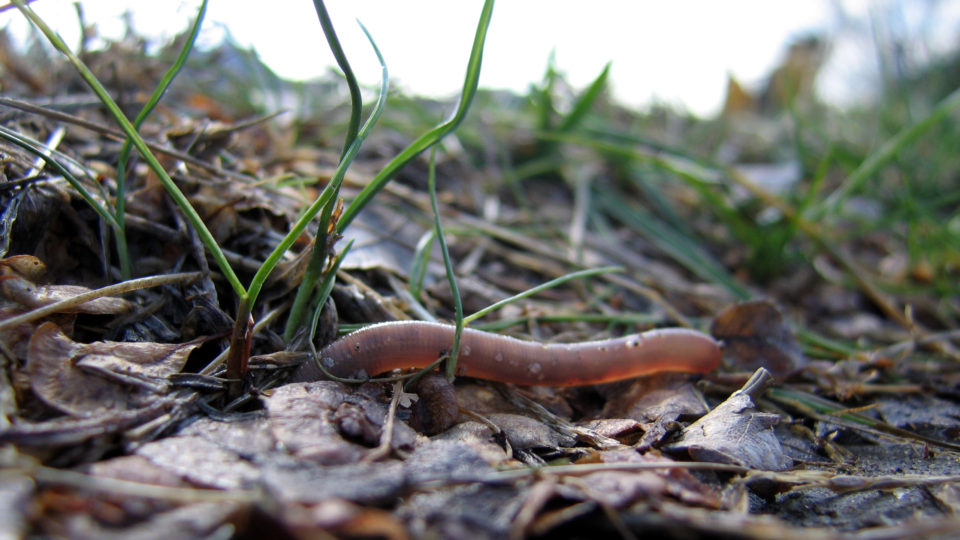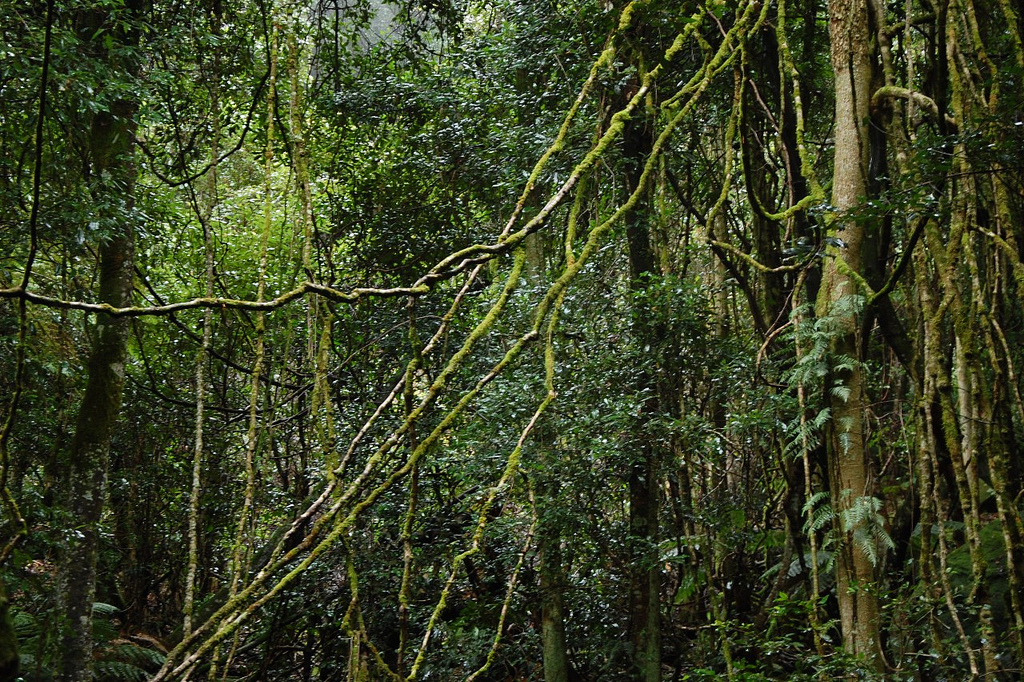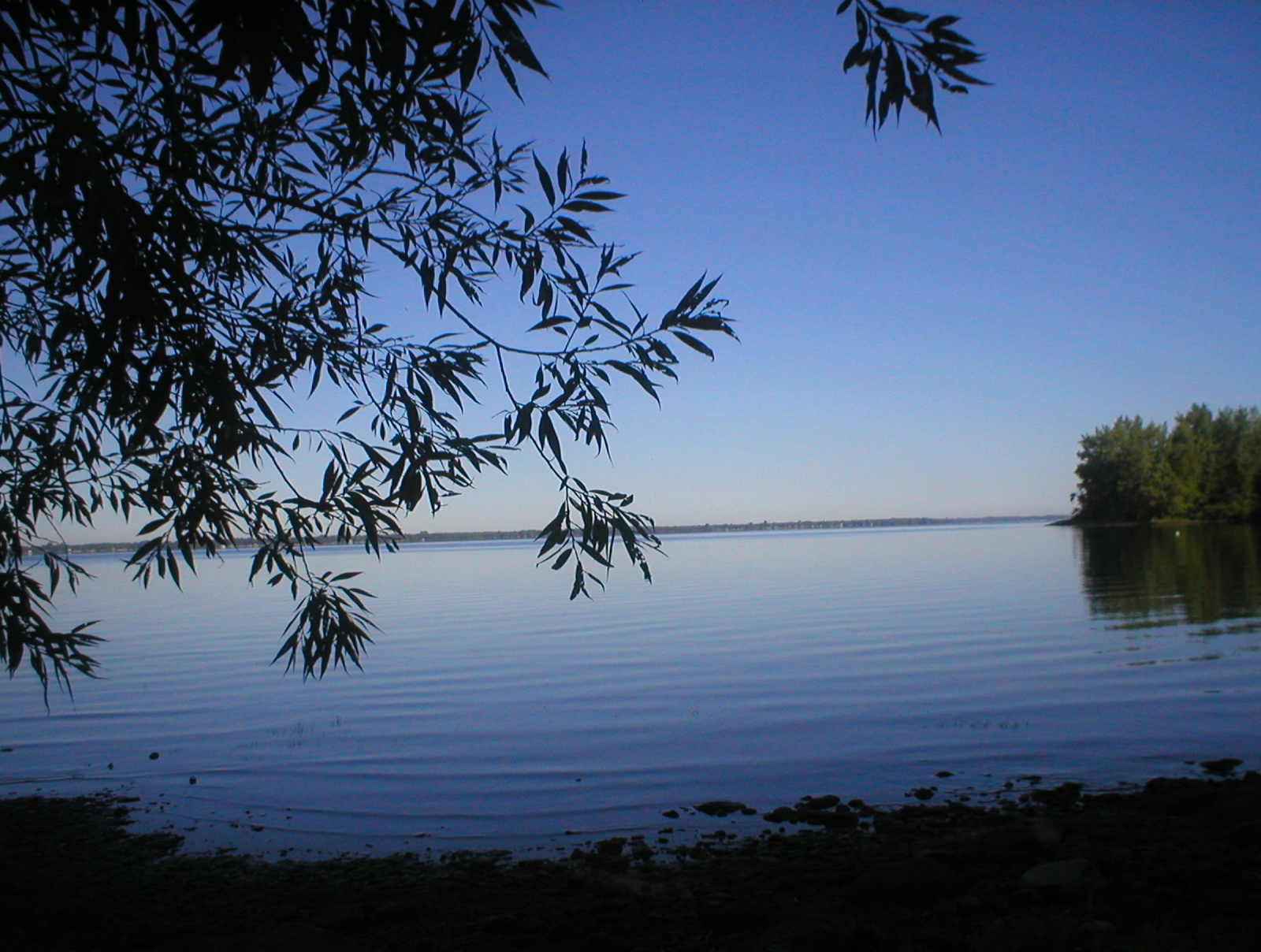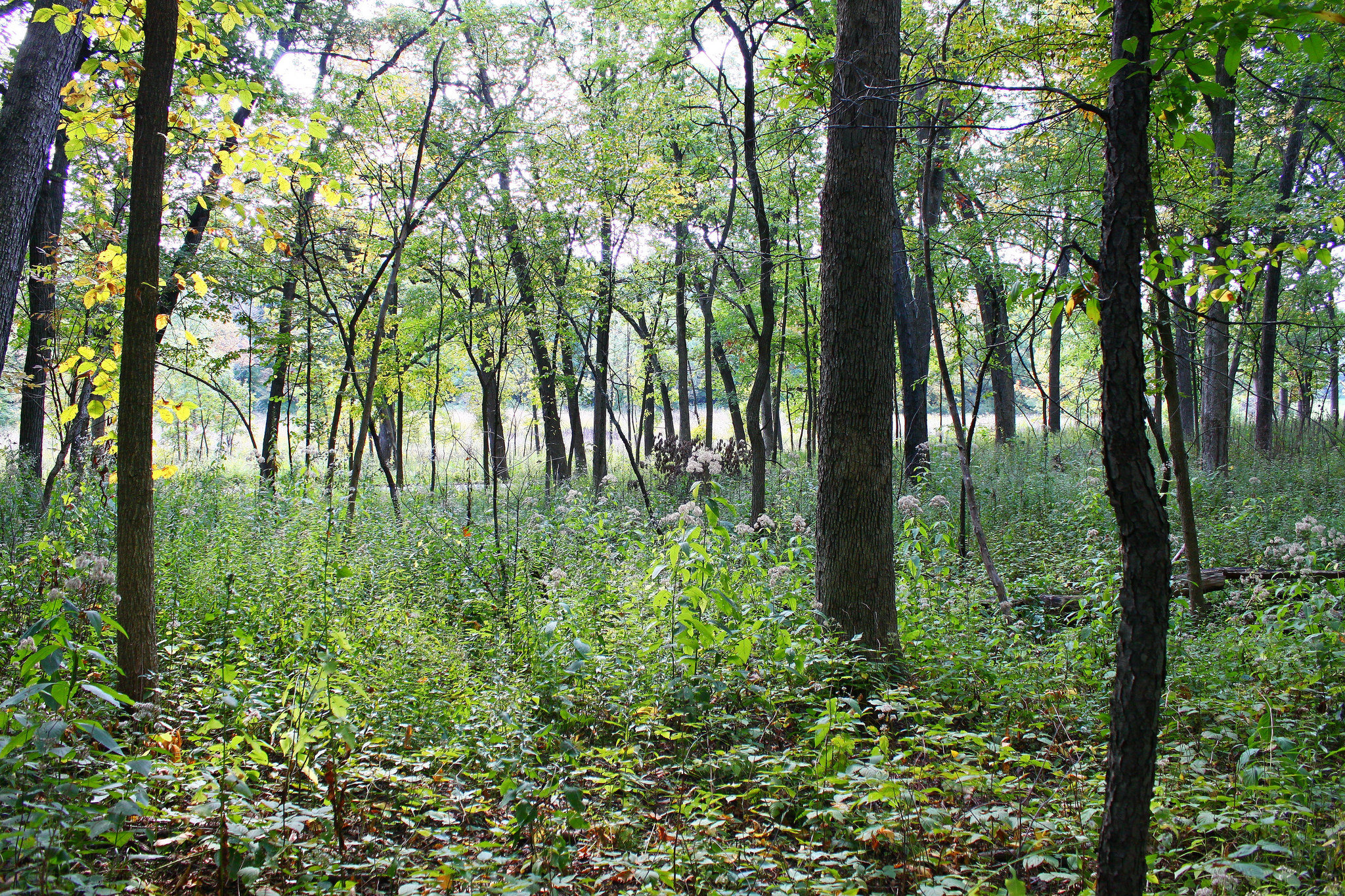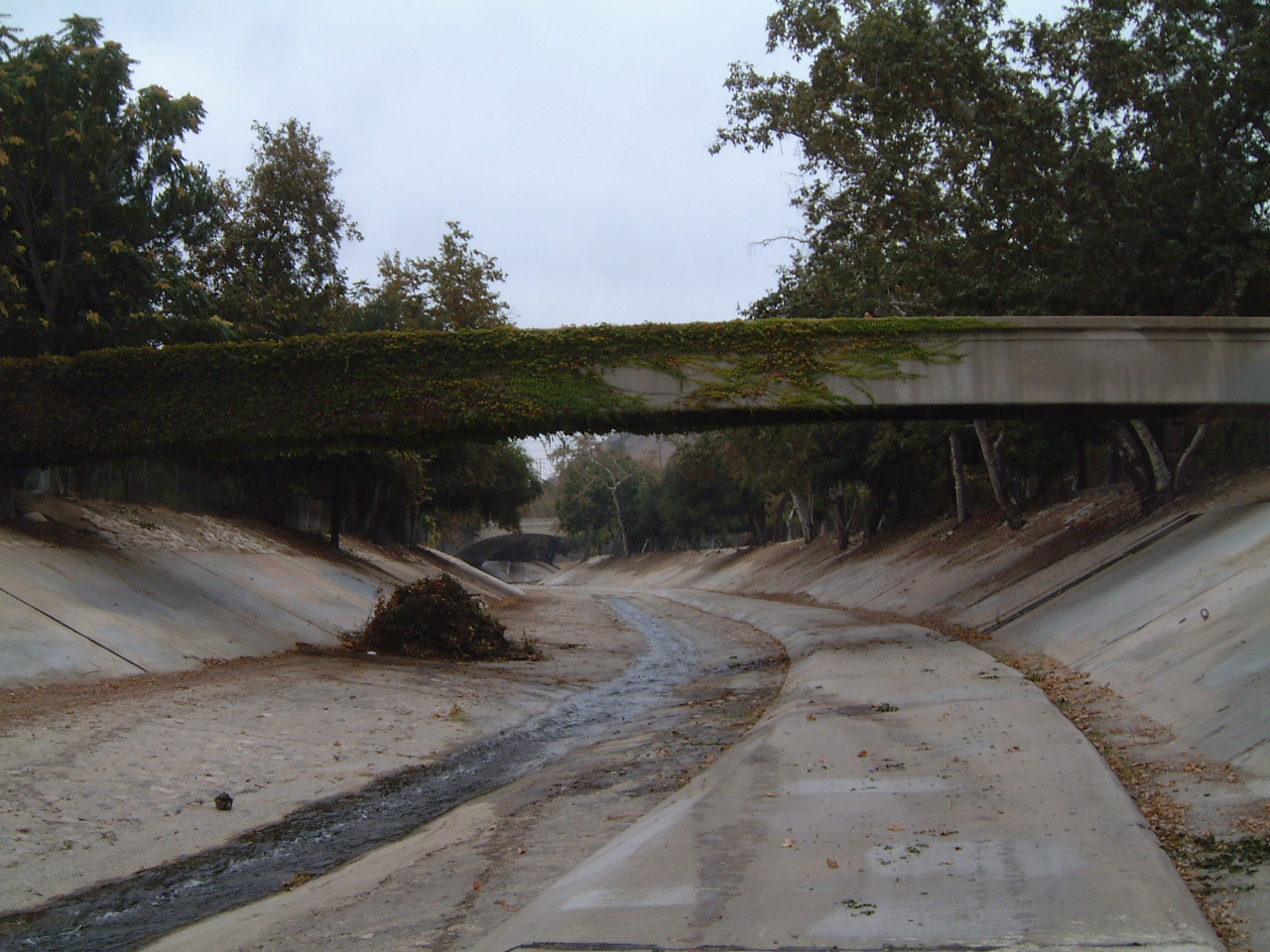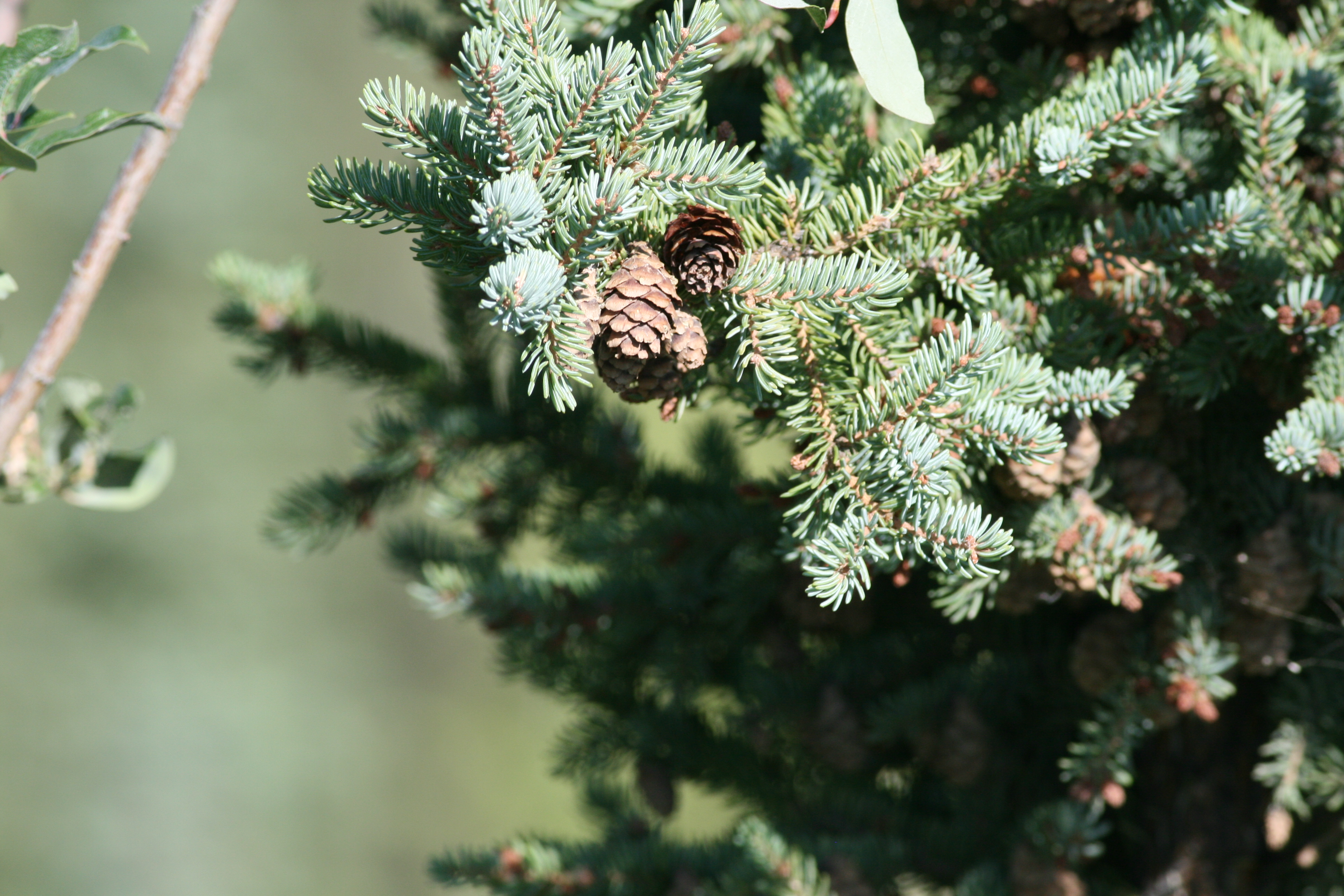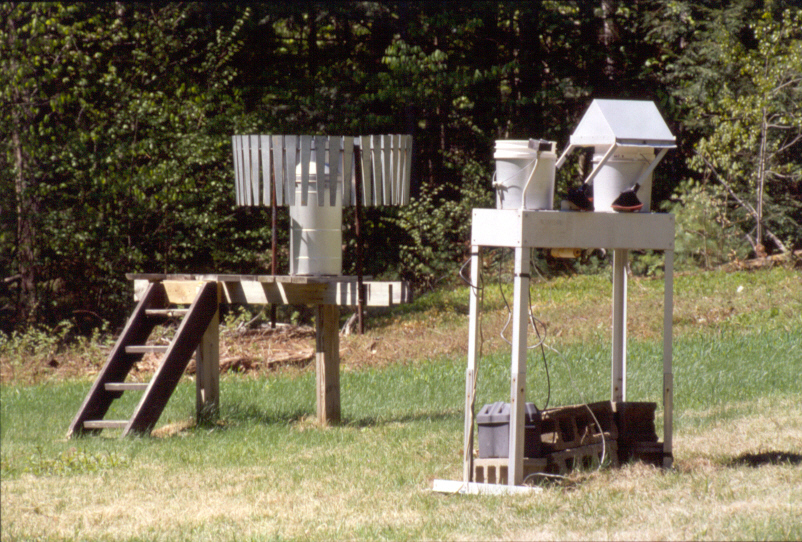Many power plants in Europe and elsewhere are replacing coal with wood. For example, the Drax Power Station in Britain was its largest coal-burning plant and is now using wood pellets shipped from the southern U.S. in its boilers. According to the carbon accounting rules at the EU and elsewhere, the process is considered to be “carbon neutral.” But is it?
The idea is that new trees are being planted in the forests where the trees are cut to be burned in power plants. So, there is carbon neutrality. In principle.
European countries have embarked on a massive effort to switch to generating power from renewable energy. While there has indeed been major growth in wind and solar power in the 28 countries of the European Union, much of the new “green” power has come from burning wood in converted coal power stations.
A group of 200 scientists wrote to the EU last September insisting that bioenergy from forest biomass is not carbon neutral and that there must be tighter rules to protect forests and their carbon. Wood burning has become a loophole in controlling carbon emissions.
There are problems with the claims of carbon neutrality. There is no way to know whether enough new trees are actually being planted to replace those being burned. And then there is the time lag for tree replacement. Trees don’t grow overnight. There are also the carbon emissions associated with harvesting, processing and transporting wood.
There are most certainly ways in which burning biomass can be carbon neutral and can represent real progress over the use of fossil fuels. But caution must be taken to avoid exploiting loopholes in current climate rules that might actually result in increased carbon emissions.
**********
Web Links
Carbon Loophole: Why Is Wood Burning Counted as Green Energy?
Photo, posted April 26, 2014, courtesy of Flickr.
‘A Carbon Loophole’ from Earth Wise is a production of WAMC Northeast Public Radio.
